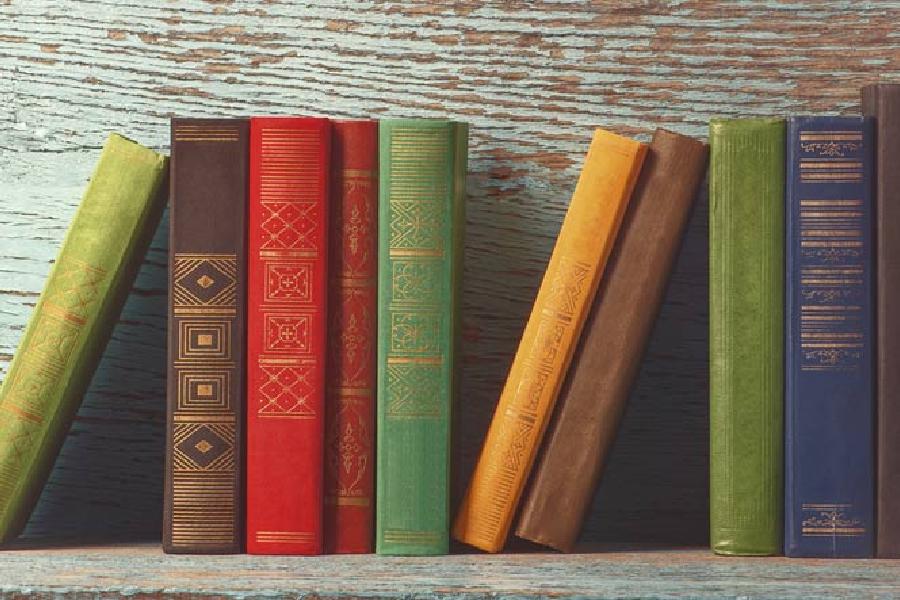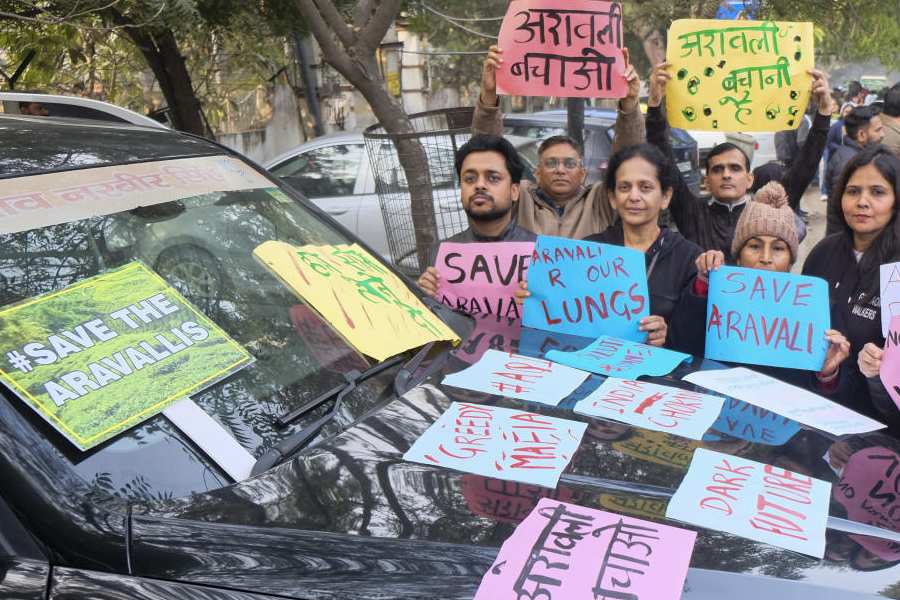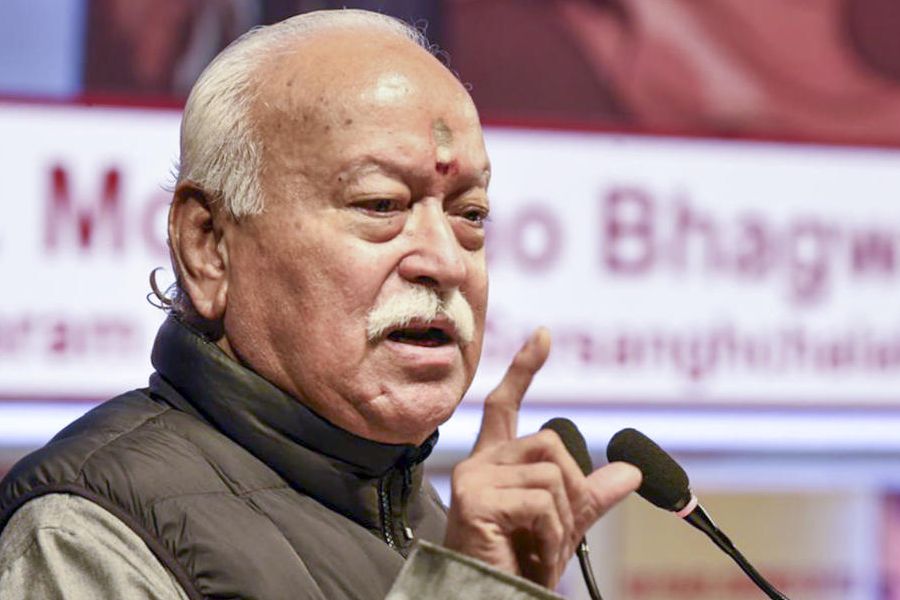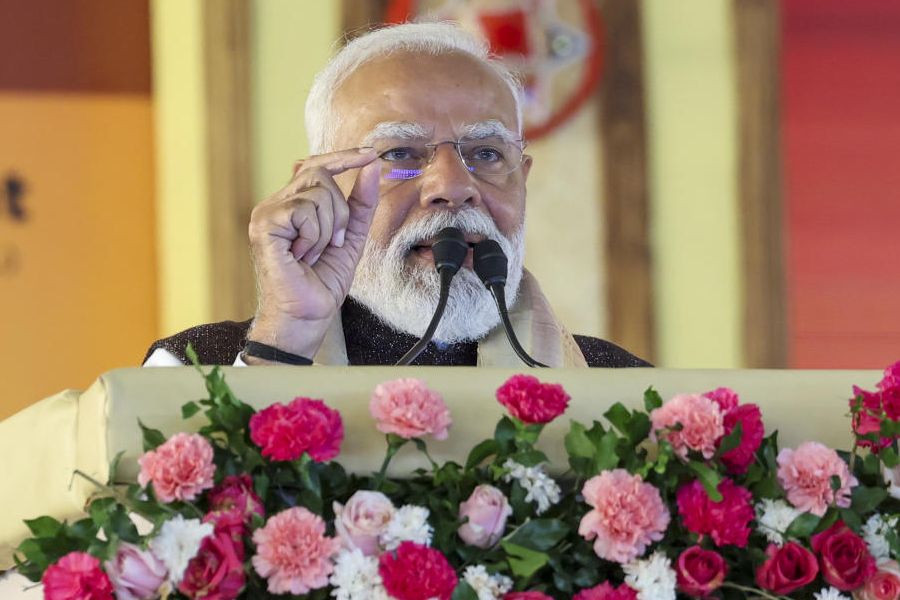The 2024 International Booker Prize for Heart Lamp, a searing collection of stories by Banu Mushtaq, turned the spotlight on Indian regional language literature. Translated from their original in Kannada into English by Deepa Bhasthi and published by And Other Stories, the book brought rare international recognition for a fierce voice that has long remained in the margins. The collection draws on the Beary Muslim community’s experiences, weaving stories that are both local and boundless.
Heart Lamp is not alone. Over the past few years, translators, small presses, and determined editors have been digging out books from overlooked languages, carrying them across linguistic terrain without smoothing out the rough edges. These four translations are part of that wave, each distinct in flavour, each expanding the reach of languages that birth stories usually forgotten in the footnotes
- Rohzin by Rahman Abbas
Translated from Urdu by Sabika Abbas Naqvi | Penguin India, 2022
A city drenched in monsoon. A boy with a past and a girl with questions. Rohzin (“melancholy”) moves through Mumbai like a long, hallucinatory walk, equal parts Sufi lyricism and secular angst. Abbas, a Sahitya Akademi winner, builds a language that’s heady and oceanic, and Naqvi’s translation holds on to its rhythm and fog. The novel’s landscape is emotional, philosophical and deeply urban.
2. The Wait and Other Stories by Damodar Mauzo
Translated from Konkani by Xavier Cota | Vintage Books, 2022
These are stories of small-town Goa, where the palm fronds don’t hide the tensions simmering beneath. Mauzo, a Jnanpith Award-winning writer, doesn’t dramatise but observes. A woman waits for her son; a man wrestles with suspicion; the state watches its citizens. The prose is deceptively calm, and Cota’s translation mirrors that restraint. The Wait and Other Stories reminds us that Konkani literature exists beyond beaches and nostalgia. It is razor-sharp and unafraid.
3. Phoolsunghi by Pandey Kapil
Translated from Bhojpuri by Gautam Choubey | Penguin India, 2020
Published first in 1977, Phoolsunghi is a classic of Bhojpuri literature, and its translation is nothing short of reclamation. Set in colonial Bihar, the novel follows the lives of a poet and a courtesan with lyrical precision. There are opium dens, folk songs, and marketplaces thick with gossip. Bhojpuri, often dismissed as coarse or rustic, reveals its musicality here. The translation is lush, attentive to cadence, and restores a language to its place on the literary bookshelf.
4. Nowhere People by Manoranjan Byapari
Translated from Bengali by Anchita Ghatak | Ekada/Westland, 2025
Byapari doesn’t waste time being subtle. His fiction comes from lived experience: Dalit oppression, political betrayal, hunger. Nowhere People is a visceral, angry novel about people who are marginalised and systematically erased. There are refugee camps, charred shanties, and moments of gutting tenderness. Anchita Ghatak’s translation crackles with urgency, preserving the grain of Byapari’s Bengali.
It is tempting to call this a renaissance, but that would imply these languages had stopped producing. They hadn’t. They were simply not looked at. With every new translation, the perspective widens. And if you listen closely, past the bestseller lists and city festivals, you can hear it: the sound of literature long buried, emerging into light. Footsteps that are steady, certain, and finally heard.











